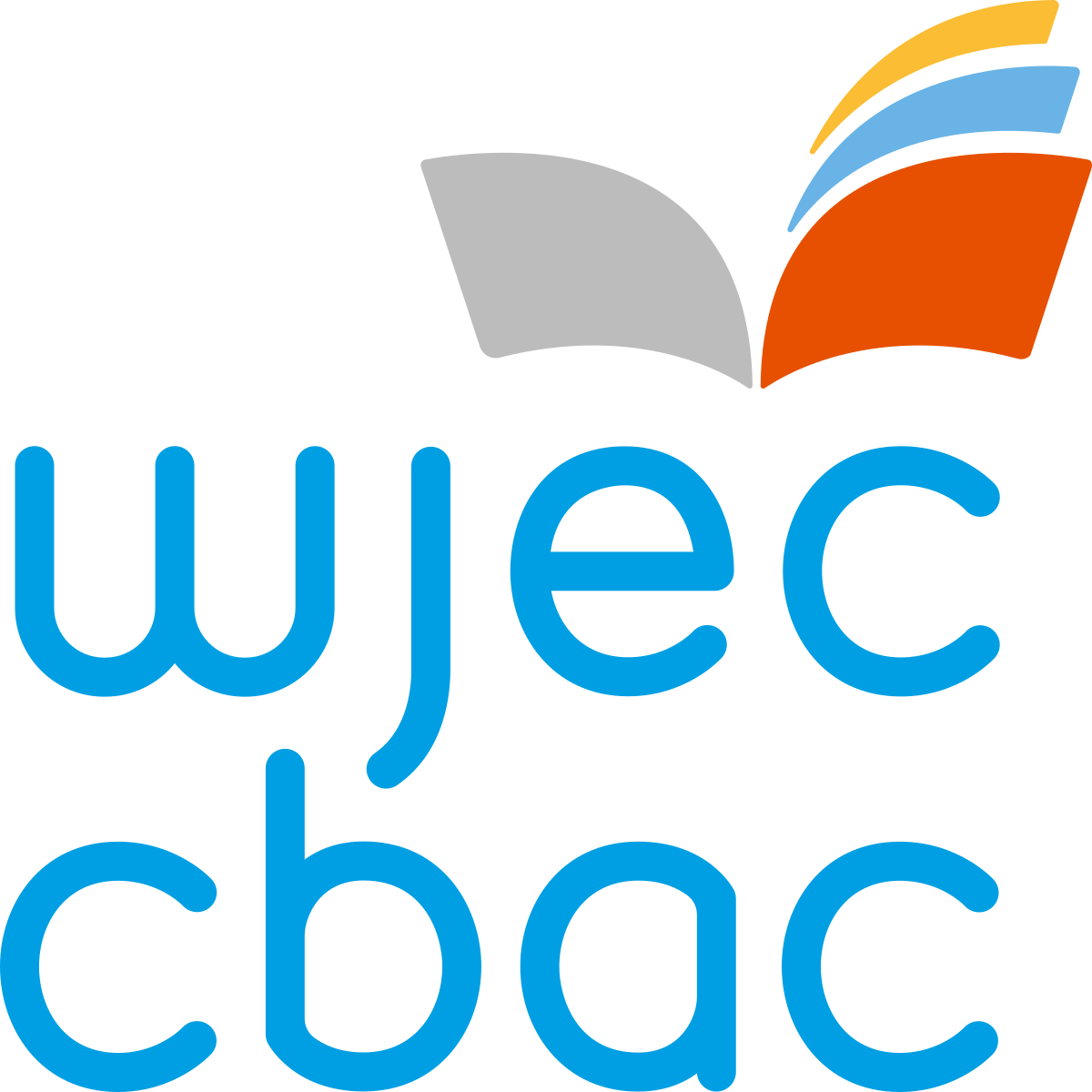
Mastering the Art of Lesson Planning
Effective lesson planning is the cornerstone of successful teaching. It provides a roadmap for both teachers and pupils, ensuring that learning objectives are met and classroom time is used efficiently. This guide will walk you through the essential elements of creating robust lesson plans, including practical examples and expert insights.
The Fundamentals of Lesson Planning
1. Setting Clear Objectives
Every lesson plan should start with clear, measurable objectives. These should align with broader curriculum goals and be specific to what pupils will accomplish by the end of the lesson.
Example: By the end of this lesson, pupils will be able to identify and explain the three main causes of the First World War.
2. Selecting Appropriate Content and Materials
Choose content and materials that directly support your objectives. This may include textbooks, handouts, digital resources, or manipulatives.
3. Designing Engaging Activities
Plan activities that actively involve pupils in the learning process. This could include discussions, group work, hands-on experiments, or interactive digital tasks.
4. Incorporating Assessment Strategies
Include both formative and summative assessments to gauge pupil understanding throughout the lesson.

Advanced Lesson Planning Techniques
1. Differentiation Strategies
Differentiation is crucial for meeting diverse learner needs. Here are some strategies to incorporate:
- Content differentiation: Vary the complexity of materials
- Process differentiation: Offer multiple ways for pupils to engage with the content
- Product differentiation: Allow pupils to demonstrate learning in various ways
Example: For a lesson on fractions:
Content: Provide fraction problems at varying difficulty levels
Process: Offer manipulatives, visual aids, and abstract problems
Product: Allow pupils to create a poster, write a story problem, or teach a peer
2. Backwards Planning
Start with your end goal and work backwards:
- Identify the desired results
- Determine acceptable evidence of learning
- Plan learning experiences and instruction
3. Technology Integration
Thoughtfully incorporate technology to enhance learning:
- Use interactive whiteboards for collaborative problem-solving
- Implement educational apps for personalised practice
- Utilise virtual reality for immersive experiences
4. Cross-Curricular Lesson Planning
Integrate multiple subjects to create more meaningful, interconnected learning experiences:
Example:
A lesson on climate change could incorporate:
Science: Understanding greenhouse gases
Maths: Analysing climate data
English: Writing persuasive essays on environmental policy
Geography: Examining the economic impacts of climate change
Sample Lesson Plan Template
Here’s a basic format you can adapt:
Subject:
Year Group:
Duration:
Objective:
Materials Needed:
Introduction (5-10 minutes):
Main Activity (20-30 minutes):
Assessment (5-10 minutes):
Plenary (5 minutes):
Extension/Homework:
Differentiation Strategies:
Long-Term Lesson Planning
Individual lesson plans should fit into broader unit and curriculum plans. Consider:
- Unit goals and essential questions
- Sequence of lessons within the unit
- Cross-curricular connections
- Spiralling of content throughout the year
Troubleshooting Common Issues
- Time management: If activities run long, have a prioritised list of what must be covered vs. what can be moved to the next lesson.
- Lack of engagement: Have backup activities or alternative explanations ready for concepts pupils find challenging.
- Technology failures: Always have a low-tech backup plan for technology-dependent lessons.
So there you have it…
Mastering lesson planning is an ongoing process. Regular reflection and refinement of your planning techniques will lead to more effective teaching and improved pupil outcomes. Remember, a well-prepared lesson plan is a powerful tool, but flexibility in its implementation is key to addressing the dynamic nature of the classroom.
If you enjoyed reading this blog, you may also enjoy –
7 Proven Strategies for Managing Classroom Behaviour
Unlocking Potential in Every Learner








